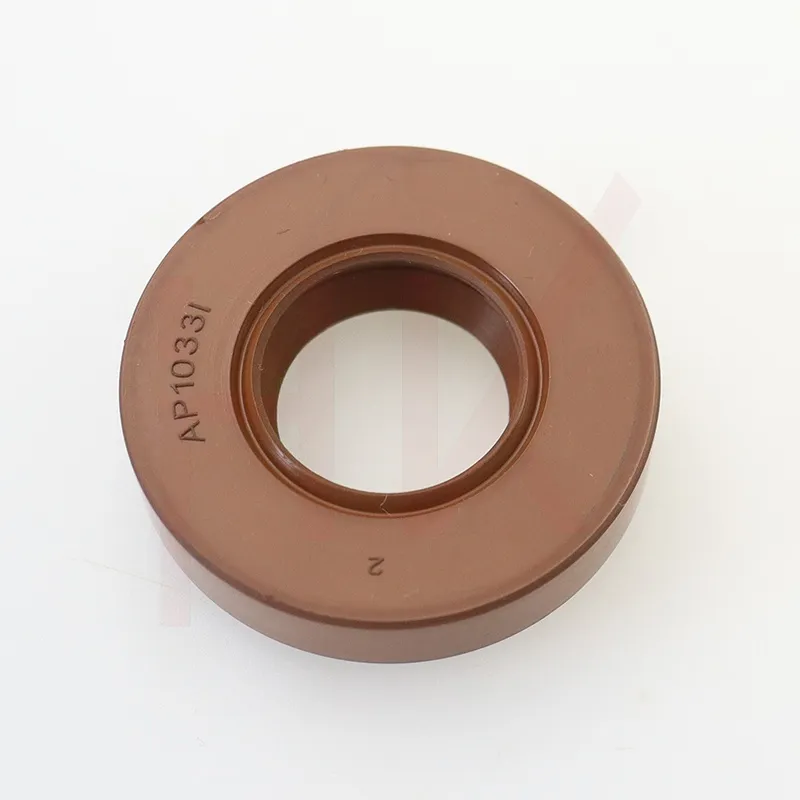Dec . 11, 2024 10:20 Back to list
Understanding the Function and Importance of Wiper Ring Seals in Mechanical Applications
Understanding Wiper Ring Seals Essential Components for Efficiency and Durability
Wiper ring seals are critical components in various mechanical systems, especially in the realm of hydraulics and pneumatics. These seals are designed to prevent contaminants such as dust, dirt, and moisture from entering the system while simultaneously retaining the fluid necessary for effective operation. As industries increasingly focus on improving efficiencies and extending the lifespan of equipment, understanding the importance and functionality of wiper ring seals becomes paramount.
What Are Wiper Ring Seals?
Wiper ring seals, often referred to simply as wipers, are seals primarily used in the context of linear or rotary motion applications. They are strategically positioned at the opening of a cylinder to remove debris and prevent foreign particles from entering the internal mechanism. Constructed from various elastomers or polymers, wiper seals are designed to withstand considerable wear and tear, ensuring reliable operation in challenging conditions.
Applications and Benefits
1. Hydraulic Systems In hydraulic cylinders, wiper seals play a crucial role in maintaining fluid integrity. As hydraulic fluids are under high pressure, any contamination can lead to system failure. Wipers help keep the hydraulic cylinders functioning smoothly by removing dirt and particles, thereby reducing wear on internal components.
2. Manufacturing Machinery In industrial machinery, wiper ring seals help maintain cleanliness and operational efficiency. They are used in applications such as CNC machines, injection molding machines, and conveyor systems, where dirt and debris can significantly impair performance.
3. Automotive Applications In vehicles, wiper rings are employed in components such as struts and shock absorbers. They ensure that contaminants do not affect the fluid dynamics and function of these critical systems, enhancing vehicle safety and performance.
4. Pneumatic Systems Like hydraulic systems, pneumatic systems also require wiper seals to remove moisture and debris that could compromise air pressure functionality. Wiper rings help prolong the life of pneumatic cylinders by preventing the ingress of harmful particles.
Types of Wiper Ring Seals
wiper ring seal

Wiper ring seals come in various shapes, sizes, and materials, tailored to specific applications
- U-Cup Wipers These are common and fit into a groove within the housing. In U-cup designs, the sealing edge is often tapered or rounded, allowing for effective dirt scraping.
- V-Ring Seals Designed for dynamic applications, V-rings provide excellent flexibility and can adapt to slight misalignments, making them ideal for rotary applications.
- Flat Wipers These wipers offer a simple design with a flat sealing edge, effective for applications where minimal height is needed.
The choice of material is also critical. Common materials include nitrile rubber, PTFE, and polyurethane, each with unique properties that make them suited for different environments—be it high temperatures, aggressive chemical exposure, or rapid motion.
Maintenance and Lifespan
While wiper ring seals are designed for durability, their performance can degrade over time due to factors like exposure to harsh environments, improper installation, or wear from repeated motion. Regular maintenance checks are essential to ensure their functionality. Signs of a failing wiper seal include leaks, increased friction, and visible wear on the seal itself. Replacing wiper seals at the first sign of wear can prevent more significant damage and costly repairs down the line.
Conclusion
In conclusion, wiper ring seals are indispensable in maintaining the efficiency and longevity of mechanical systems across various industries. Their primary function—to keep contaminants out—helps to ensure smooth operation, reduce downtime, and extend machinery life. By selecting the right type of wiper seal and conducting regular maintenance, industries can safeguard their investments, optimize performance, and ensure safety in their operations. As technology evolves, the development of wiper seals will continue to adapt, addressing the changing needs of modern industrial applications.
-
TCN Oil Seal Metal Ring Reinforcement for Heavy Machinery
NewsJul.25,2025
-
Rotary Lip Seal Spring-Loaded Design for High-Speed Applications
NewsJul.25,2025
-
Hydraulic Cylinder Seals Polyurethane Material for High-Impact Jobs
NewsJul.25,2025
-
High Pressure Oil Seal Polyurethane Coating Wear Resistance
NewsJul.25,2025
-
Dust Proof Seal Double Lip Design for Construction Equipment
NewsJul.25,2025
-
Hub Seal Polyurethane Wear Resistance in Agricultural Vehicles
NewsJul.25,2025
-
The Trans-formative Journey of Wheel Hub Oil Seals
NewsJun.06,2025
Products categories
















